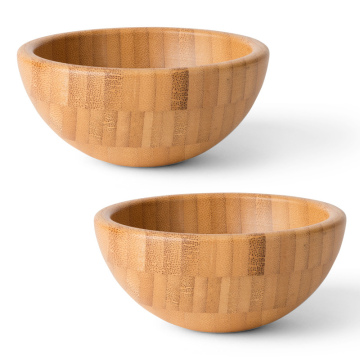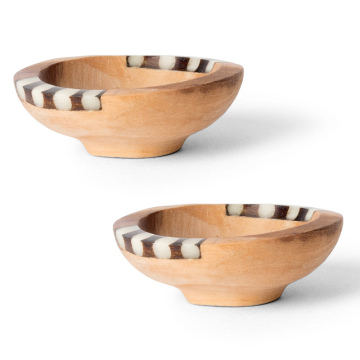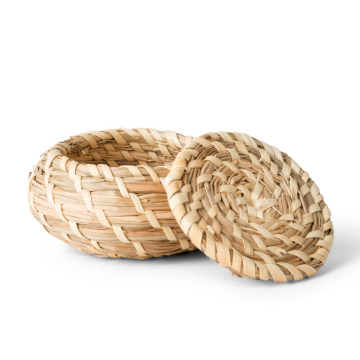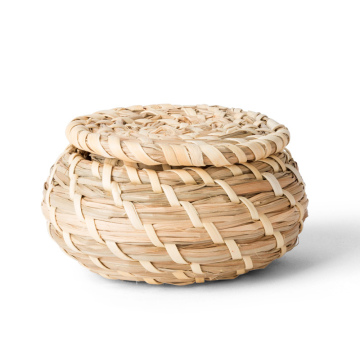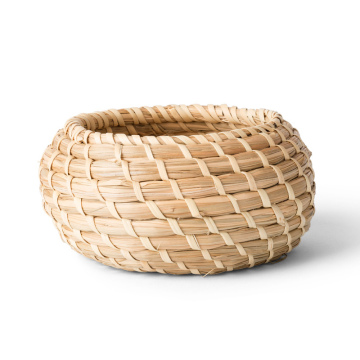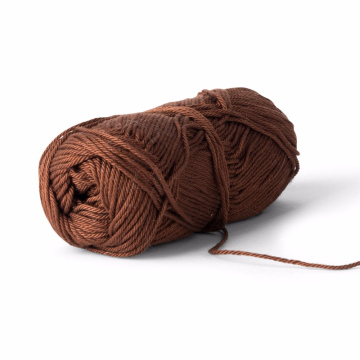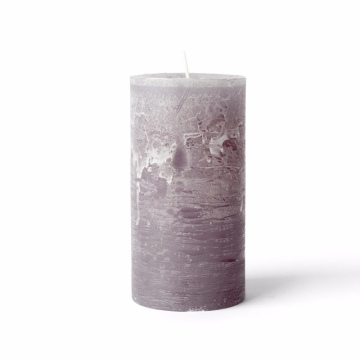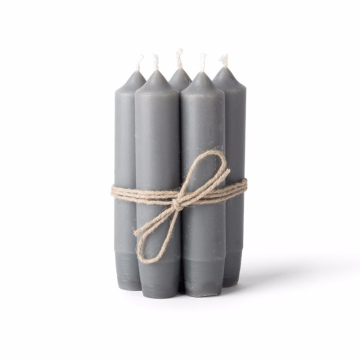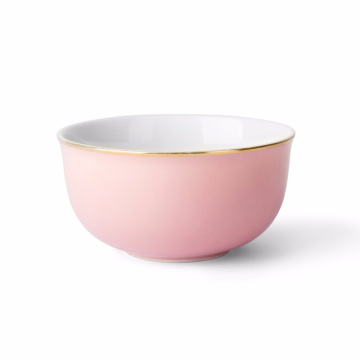The Delightful Taste of Kue Pancong: Traditional Indonesian Coconut Cake
History and Origin of Kue pancong
Kue Pancong is one of the traditional cakes that has strong cultural roots in Indonesia. This cake is widely known in various regions, especially in Java, with its distinctive coconut flavor and soft texture. The origin of Kue Pancong is thought to come from Betawi, which is a culture of Jakarta, during the 19th century. This cake was originally made as a practical and economical food for the local community.
Over time, kue pancong began to spread to various regions in Indonesia. Each region added a local touch, creating a unique variation of this cake. For example, in West Java, kue pancong is often served with added brown sugar, while in other regions, such as Sumatra, variations with durian or banana flavors became popular. This shows that kue pancong is not just food, but also has deep social and cultural values.
The importance of kue pancong in the context of Indonesian culture cannot be underestimated. This cake is often served at various events, from holiday celebrations to family events. In a modern context, kue pancong has also been adapted to meet the tastes of the younger generation, through various innovations in taste and presentation. Nevertheless, the essence of kue pancong as a traditional food remains intact, reflecting the richness of Indonesia's culinary heritage.
Throughout history, Kue pancong has undergone various changes but still maintains its identity as one of the cakes that encapsulates the culture and traditions of Indonesian society.
Main Ingredients of Kue pancong
Kue pancong is one of Indonesia's traditional cakes that is famous for its unique taste and texture. To create this cake, several main ingredients are used that complement each other, giving it a distinctive characteristic that becomes its appeal. Among these ingredients, grated coconut, rice flour, and sugar are the most important.
Grated coconut is one of the main ingredients of Kue pancong because it gives a distinctive savory taste and soft texture. In the manufacturing process, grated coconut is usually used fresh, so that Kue pancong will have a stronger aroma and a more authentic taste. In addition, the use of grated coconut also provides a deliciousness that makes it increasingly popular with many people.
Rice flour is another important ingredient. This ingredient serves as the base for creating the cake dough, providing the right density. Rice flour also gives a chewy texture to the Kue pancong, making it different from other types of cakes. In some variations of Kue pancong, glutinous rice flour can also be used as an alternative to create a more distinctive texture.
Sugar, as a sweetener, plays an important role in providing a balanced sweet taste. The use of granulated sugar or coconut sugar in the Kue pancong dough can affect the overall taste of the cake. In addition to these main ingredients, there are also other processors such as water and salt, which, although in small amounts, still contribute to the taste of the cake. For those who follow a certain diet, choosing alternative sweeteners or flour substitutes can be done to maintain the taste without reducing the deliciousness of the Kue pancong. With this combination of ingredients, Kue pancong is able to present a pleasant taste for every connoisseur.
How to Make Delicious Kue pancong
Kue pancong is one of Indonesia's traditional foods made from a mixture of coconut and rice flour, giving it a delicious taste and tempting aroma. To make delicious kue pancong, several ingredients and the right cooking techniques are needed. Here are the steps on how to make kue pancong that you can try at home.
The first step is to prepare the necessary ingredients. You will need 200 grams of rice flour, 200 ml of water, 100 grams of grated coconut (preferably young coconut), 100 grams of granulated sugar, and a little salt. Make sure all the ingredients are available so that the making process runs smoothly.
Next, mix the rice flour and water in a container until it becomes a smooth dough. Add sugar, salt, and grated coconut to the dough, stir until all ingredients are well mixed. It is important to avoid clumping so that the texture of the Kue pancong will be soft and delicious.
Once the dough is ready, heat the Kue pancong mold that has been smeared with a little oil. Pour the dough into the mold, do not fill it too much so that the cake can rise well. Cook for 5-7 minutes over medium heat, until the bottom is golden brown.
When the Kue pancong starts to rise and cook, remove and let it cool for a while before serving. You can also be creative by adding ingredients such as chocolate or bananas to the dough for more interesting flavor variations.
To ensure that the Kue pancong is perfectly cooked, it is important to pay attention to the cooking time and the temperature of the fire. By following the steps above and the tips given, you will not only get delicious Kue pancong, but you can also enjoy the process of making it. Good luck!
Kue pancong in Culture and Tradition
Kue pancong, as one of Indonesia's traditional coconut cakes, has an important position in the culture of society. Its presence is often seen in various events, from big celebrations such as Eid al-Fitr and Christmas, to smaller traditional ceremonies. Every time this cake is served, it is not just food, but also a symbol of togetherness and celebration. In this context, kue pancong is not only enjoyed, but also celebrated.
During celebrations, kue pancong is often served as a special treat that reminds people of Indonesia's culinary richness. Its distinctive sweetness and mouth-watering coconut aroma make this cake an ideal choice to maintain tradition. In many communities, this cake is part of certain rituals. For example, during a wedding, kue pancong can be a symbol of hope for a sweet life for the newlyweds. This shows how deep the meaning is contained in the cake.
In addition, kue pancong is also part of local identity. Each region in Indonesia may have its own variation of kue pancong, which combines unique ingredients and methods of preparation. These differences reflect the rich cultural diversity and traditions in Indonesia. People also often use this cake as a reminder of the culinary heritage that must be preserved. Thus, kue pancong is not only a delicious food, but also a symbol of the richness of culture and tradition that must be upheld by future generations.
